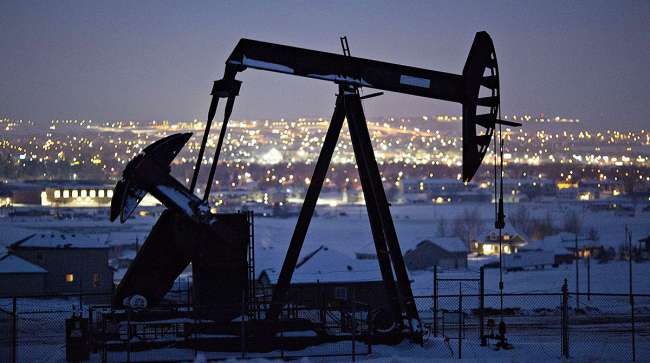
Global oil demand is expected to keep rising until around 2029, even as demand in China peaks in 2027, the International Energy Agency said in its annual report on Tuesday.
The agency cited lower gasoline prices and slower electric vehicle adoption in the United States as factors supporting demand growth.
The IEA said oil demand would reach 105.6 million barrels per day by 2029 and then fall slightly in 2030. At the same time, production capacity is expected to rise by more than 5 million barrels per day to 114.7 million barrels per day by the end of the decade.
The agency’s forecast differs from OPEC’s, which expects demand to grow well beyond 2030.
A separate report from the IEA said the oil market appears well supplied for 2024, as supply growth is expected to exceed demand growth. Global supply in 2025 will increase by 1.8 million barrels per day, while demand is forecast to rise by only 720,000 barrels per day.
The IEA said OPEC+ is contributing to rising supply by increasing production. It also said the conflict between Israel and Iran has pushed oil prices up 5%, with Brent crude trading above $74 a barrel on Friday. However, the agency said the market remains balanced unless a major disruption occurs.
In China, oil demand is projected to peak in 2027 due to increased use of electric vehicles, high-speed rail, and natural gas trucks. The IEA said China’s oil consumption in 2030 will be only slightly higher than in 2024, marking a sharp revision from last year’s report.
In contrast, U.S. oil demand in 2030 is now forecast to be 1.1 million barrels per day higher than previously estimated. The report attributed this to cheaper fuel and reduced EV adoption. The IEA now expects EVs to make up 20% of U.S. car sales in 2030, down from 55% in last year’s forecast.
The IEA said geopolitical risks remain a concern, but the fundamentals show the oil market will be well supplied in the coming years.
